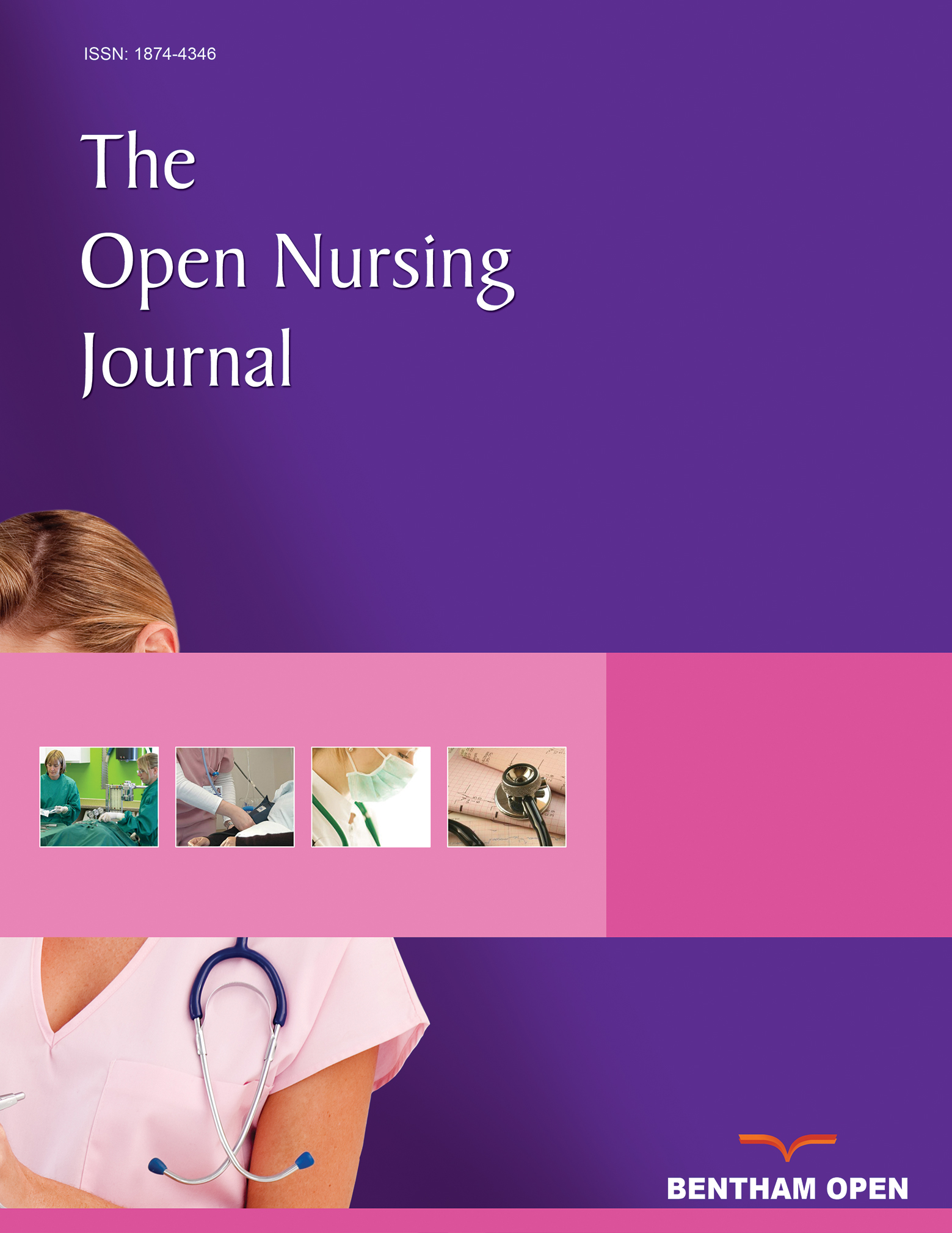Accounting for Accountability: A Discourse Analysis of Psychiatric Nurses’ Experience of a Patient Suicide
Abstract
Whilst the experience of a patient suicide is likely to have a significant impact upon the nurses who had been providing care, little work has actually explored this experience in any depth. In this article we explore how two psychiatric nurses construct and orient to accountability when talking of their experiences of a patient suicide. Discourse analysis was used to explore particular phases that the nurses oriented to in their accounts: scene setting; risk assessment; attributing for the suicide. Findings highlight the different, sometimes contradictory, ways the nurses attended to interactional concerns relating to implicit accountability and potential inferences of blame. Analysis of the nurses’ talk can make a valuable contribution to understanding the nature and the impact of ‘accountability’ in a mental health setting and so help nurses and other professionals gain an insight into their practice. The results from this study suggest that as a consequence of internalising fundamentally unrealisable expectations regarding suicide prevention, nurses can hold themselves to blame raising significant concerns around their needs in terms of support, which may not be recognised. This paper also makes a valuable contribution to our methodological understanding and the value of using discourse analysis in this setting.


